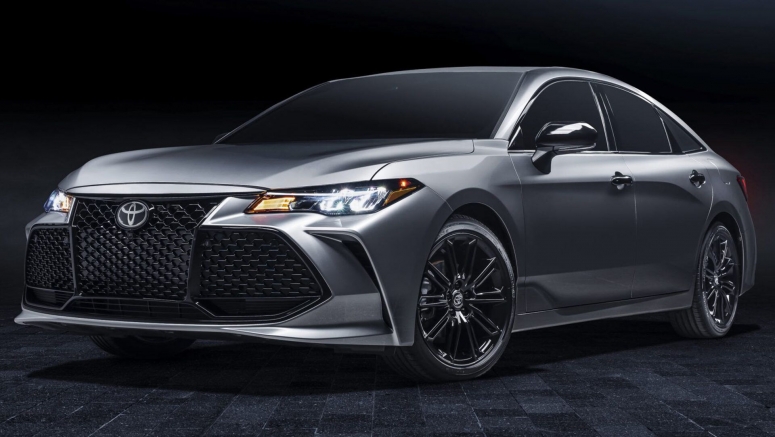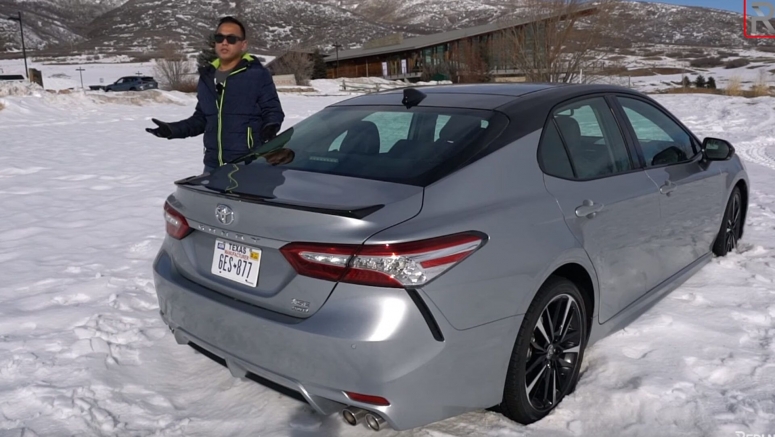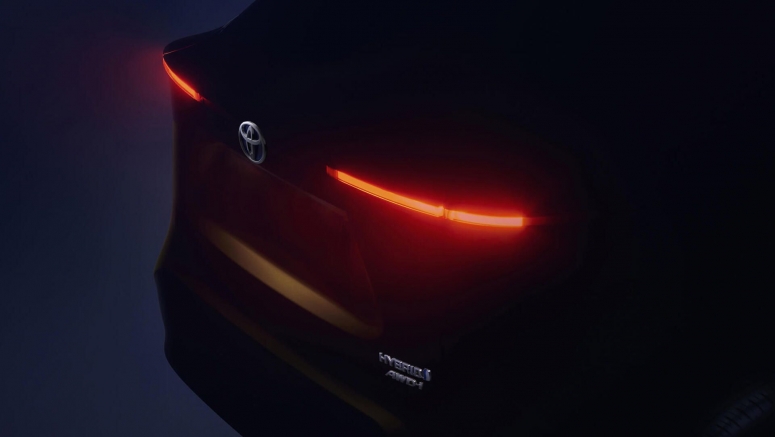2021 Mazda Cx-30 To Be Offered In 227 Hp Turbo Guise With Standard Awd
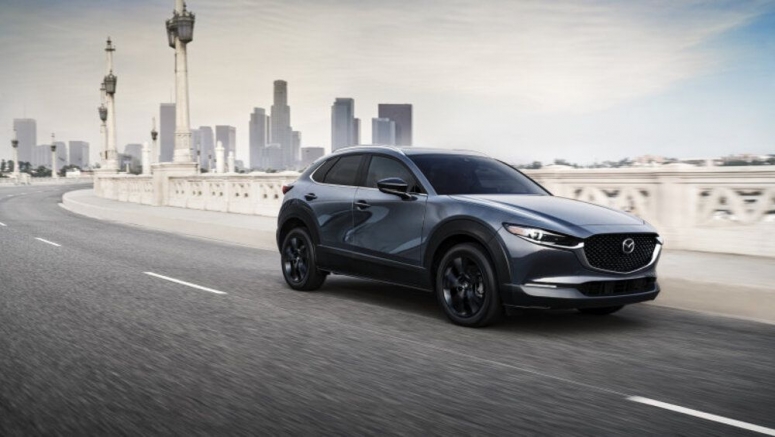
Well, the rumors were true. The 2021 Mazda CX-30 subcompact crossover will be offered with a 227-horsepower turbocharged engine producing 310 pound-feet of torque. Dubbed the 2.5 Turbo, the new entry will come with standard all-wheel drive when it goes on sale later this year.
Following in the footsteps of the lower-slung Mazda3 sedan and hatchback, the CX-30 gets the 2.5-liter turbocharged engine that was previously reserved for the company's larger offerings. Capable of producing 250 hp and 320 lb-ft with 93 octane gas, the grunty four-cylinder has revived some of the old "Zoom-Zoom" that many felt the company's lineup was lacking after the demise of Mazda's 2.3-liter turbocharged engine and Ford-sourced V6.
- Published in Auto Moto
- Read more...
2021 Lexus Es 250 Awd Debuts Alongside Special Edition Model
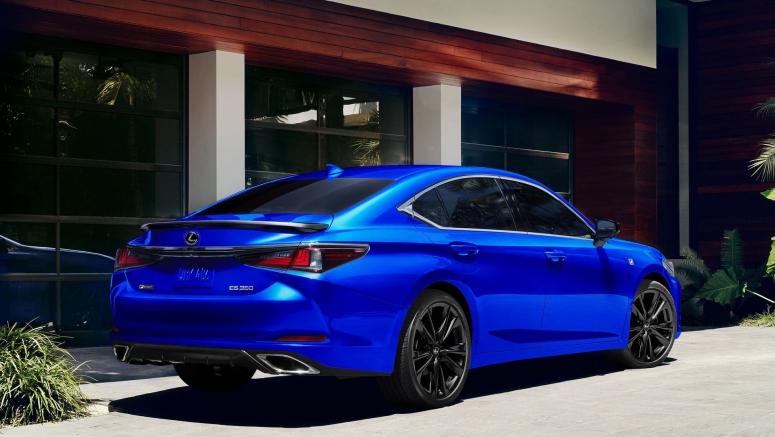
Toyota engineered a Camry with all-wheel drive, so transferring it over to the Lexus only makes sense. The 2021 Lexus ES 250 AWD debuts today, adding all-wheel power to the ES for the first time. Lexus teased the possibility of an all-wheel-drive model at this generation's launch, but it hasn't been officially announced until now.
Just like the newly-available Camry AWD, this one is exclusively paired with a four-cylinder engine. Besides the Hybrid model, the ES was only offered with a naturally aspirated V6. Now the 2.5-liter four-cylinder migrates to the Lexus with 203 horsepower and 182 pound-feet of torque. It's a shame that Lexus hasn't paired the all-wheel-drive system with the more powerful V6, but it was a task and a half to re-work the Camry with this system already.
- Published in Auto Moto
- Read more...
Toyota Corolla Sport Grmn To Get Awd, Too
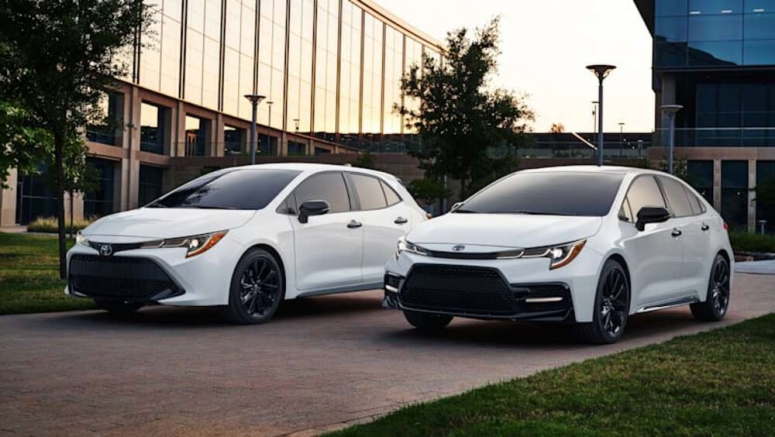
The WRC-inspired Toyota GR Yaris is one of the hot hatches nabbing lots of attention this year. The Japanese automaker has promised a version for the U.S., albeit on a different platform, and apparently with a different naming scheme. A report in Japan's Best Car magazine, via The Drive, says the potent Corolla rumored headed our way will be called the Corolla Sport GRMN, and it could debut for certain markets as soon as this fall. By any name, the hatch just got a lot more exciting if Best Car is right in saying the Corolla Sport GRMN will send some of its power to the rear axle, installing the "latest 4WD system that uses an electronically controlled coupling."
That sounds like a simpler setup to apportion torque than the 4WD system on the GR Yaris with its locking front and rear differentials. Depending on the tune and how much weight the machinery adds, having all tires contribute to forward progress could give Toyota's entry a sizable advantage over competition like the front-wheel drive Hyundai Veloster N and Volkswagen GTI. And ticking another vital box on the enthusiast's checklist, Toyota's six-speed manual transmission will be on tap for power transfer duty.
- Published in Auto Moto
- Read more...
You Could Own This Jdm 1994 Toyota Rav4 Awd Listed On Bring A Trailer
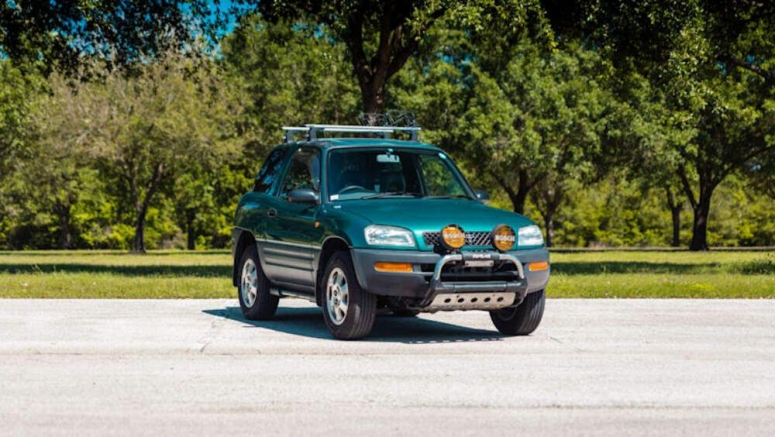
Need a good dose of 1990s nostalgia? How about this all-wheel drive JDM 1994 Toyota RAV4 listed on Bring a Trailer with no reserve?
The 1990s were the decade of green. Name a car or truck, and it probably came in at least one or two shades. Your author's family had not one, not two, but three different cars painted in various shades of dark green simultaneously: a 1996 Volkswagen Passat VR6, a 1994 Dodge Caravan and a 1996 Dodge Dakota. This RAV4 would have been right at home next to the bright red Toyota Tercel that shared the same driveway.
- Published in Auto Moto
- Read more...
Mazda Patent Shows Rotary Placement In Complex Awd Hybrid Layout

If we were playing alt-powertrain Bingo, a recent Mazda patent application filed in Japan would be one or two letters from victory. What's exciting about the patent, discovered by Japanese outlet T's Media via Motor Trend, is that while it makes a case for an internal combustion engine of any configuration, one of the drawings showing a rotary engine. The wild bit is that the whole powertrain comprises the ICE, a transaxle, two tiny in-wheel electric motors turning the front wheels, a third electric motor in the driveline, a capacitor, a lithium-ion battery, and three inverters. Motor Trend parsed the mechanics, and the way it reads, Doc Brown couldn't have done a better job.
The rotary engine at the front turns the rear wheels, but not directly. Instead of a flywheel on back of the engine, the drawing shows a 25-kW electric motor and an inverter, then a driveshaft running to the transaxle. Along the axis of the transmission tunnel in a normal car, between the inverter and the transaxle, lies a 3.5-kWh battery running at 48 volts. MT writes that the electric motor can add its output to the ICE output to drive the rear wheels, or the e-motor can turn the rear axle on its own.
- Published in Auto Moto
- Read more...
2020 Toyota Camry Review | Pricing, Specs, Features And Photos Including Of Hybrid, Trd And Awd
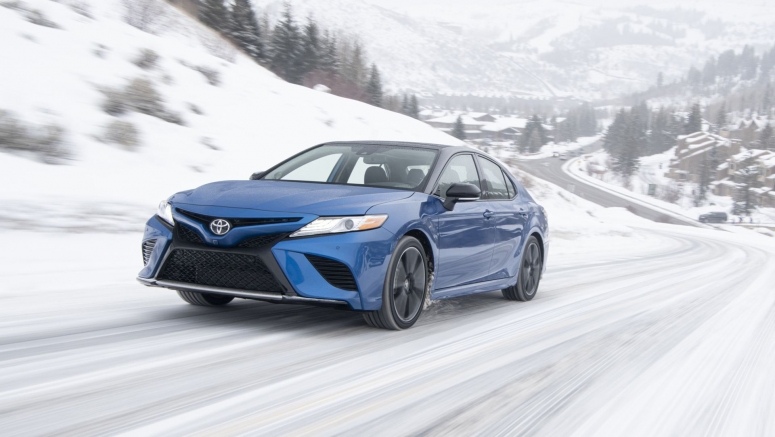
The 2020 Toyota Camry is unlike any that have come before. True, this generation set a unique tone from the very beginning with its significantly enhanced driver involvement, interior quality and overall style. However, the 2020 model goes even further by offering greater variety than ever. The addition of all-wheel drive satisfies requests by customers and dealers alike for a more all-weather-ready Camry. Then there's the new high-performance Camry, the TRD – it's highly unlikely anyone was clamoring for that, but if the goal was to show that a Camry can get the blood flowing, well, mission accomplished.
Now, in many other ways, the Camry is also like its predecessors – it's reliable, holds onto its value well and is very safe. So, while much has changed, much has also stayed the same. That's a good thing, and even if the Honda Accord is broadly more appealing, the Hyundai Sonata more distinctive and Mazda6 more fun to drive, the diverse Camry lineup is a must-consider.
- Published in Auto Moto
- Read more...
The 2020 Toyota Camry Awd Starts At $27,325
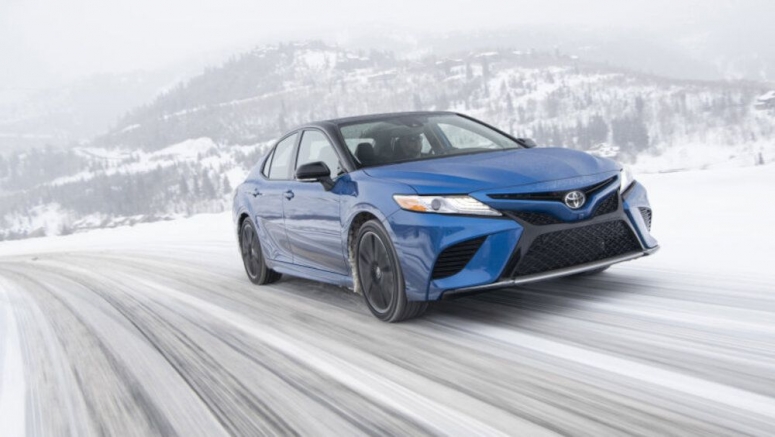
For 2020, Toyota Camry customers have the new option of all-wheel drive when considering exactly what version of the popular sedan to buy. The extra two wheels of propulsion are available with the 2.5-liter four-cylinder engine on LE, SE, XLE, XSE, and Nightshade trims. No matter which trim is selected, all-wheel drive will be a $1,400 upcharge.
Autoblog's James Riswick tested and reviewed both the 2020 Camry AWD and the 2021 Toyota Avalon AWD sedans earlier this month, but at the time, Toyota had not announced just how much the feature would cost. The current-generation Camry launched for the 2018 model year, but this is the first year all-wheel drive has been offered, a corporate switch largely prompted by consumer demand.
- Published in Auto Moto
- Read more...
2021 Toyota Avalon Awd First Drive Review | What's New, All-wheel Drive, Sedan
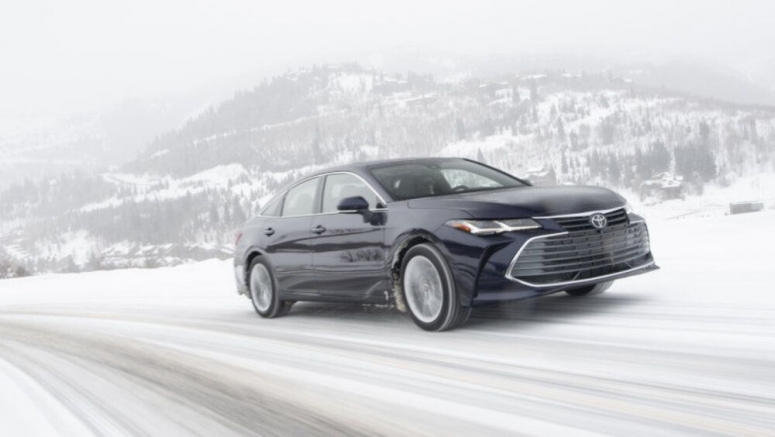
PARK CITY, Utah – Adding all-wheel drive to the 2021 Toyota Avalon is pretty much an instance of "Hey, why not?" The latest-generation Avalon, like its Camry platform-mate, was never meant to have four driven wheels when it launched, but here I am less than two years after driving that supposedly front-drive-only full-size luxury sedan for the first time. What's changed? Well, the easiest answer is that the Camry got all-wheel drive, so hey, why not add it to the Avalon as well? All the engineering done to send power to the Camry's back wheels could just as easily be done to the Avalon, as they share the same TNGA-K platform.
Now, the answer as to why the Camry got all-wheel drive is a bit more in-depth, as we describe in its own first drive. In short, customers and dealers were demanding an all-wheel-drive Camry from nearly the second the new generation launched, and people were continuing to leave sedans for crossovers in part due to all-wheel drive. As a result, Toyota of North America tasked its own Michigan-based engineers to create an all-wheel-drive Camry using components from the TNGA-K SUV models, the RAV4 and Highlander. Oh, and while you're at it, they were told, do an Avalon, too.
- Published in Auto Moto
- Read more...
2020 Toyota Camry Awd First Drive | What's New, All-wheel Drive, Fuel Economy
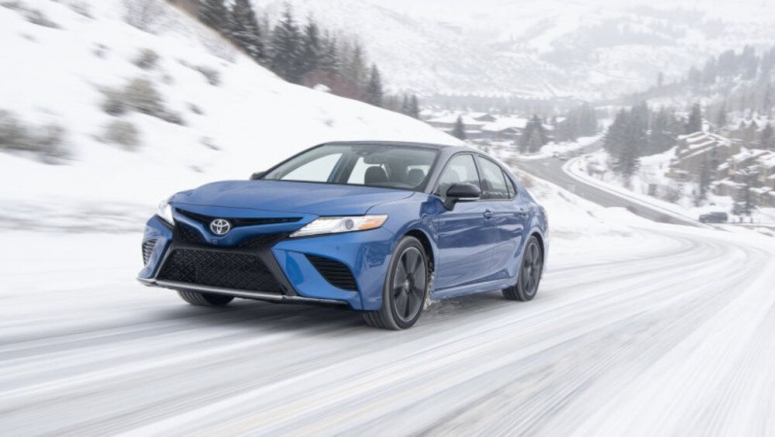
PARK CITY, Utah – The next-generation Camry was in the bag, on-sale, and receiving positive reviews. High-fives, team. The new car was wildly improved, having adopted Toyota's new TNGA-K platform that would go on to proliferate throughout the lineup, including the all-wheel-drive RAV4 and Highlander. But the new Camry, like every predecessor since 1991, would be front-wheel drive only. That there is a 2020 Toyota Camry AWD shows that something quickly changed.
All-wheel drive had been considered during the development of the new Camry, but was nixed. One gets the impression it was a decision made in Japan. Then the car launched, and almost immediately a vocal group of North American customers and dealers started asking why all-wheel drive wasn't offered and could it be added. This coincided with a continued mass exodus from family sedans to family compact crossovers, at least in part because of the reassurance all-wheel drive provides (even if a good set of tires should functionally do the trick). Toyota of North America made the decision to quickly change course, to offer all-wheel drive on the Camry, and put its own engineers in Michigan to work.
To create the 2020 Camry AWD, those engineers needed to rework almost the entire floor pan to accommodate a prop shaft and rear axle. The only engine paired with all-wheel drive would be the 2.5-liter four-cylinder, which in this application produces 202 horsepower and 182 pound-feet of torque (205 hp and 185 lb-ft in the XSE trim). Besides it being the sole gas-only engine offered by its AWD donor, the RAV4, only 6% of Camrys sold pack the optional V6. On paper, that 2.5-liter would seem to be the same in the Camry and RAV4, but they are in fact different in tiny ways, and it's the RAV4 unit that finds itself in the Camry AWD. The minuscule output difference between the standard Camry (203 hp and 184 lb-ft in all trims but its own XSE) and the Camry AWD is actually the result of a slight restriction in the exhaust caused by the need to package extra hardware at the rear.
The engine is joined by the RAV's eight-speed automatic transmission, which possesses the required output for the prop shaft needed to power the rear wheels. That piece of hardware actually comes from the Highlander, but the rear axle and multi-link rear suspension are modified from the RAV4. To accommodate all of the above, an electronic parking brake was fitted and a new gas tank was created in a saddle design that arches over the prop shaft. To ensure there was enough room for the new tank, engineers turned to the Camry Hybrid's back seat, which is 10 mm higher to accommodate its battery pack. Trunk space remains the same.
- Published in Auto Moto
- Read more...
Nissan E-4orce Awd Will Make Future Dual-motor Nissan Evs Dual Threats
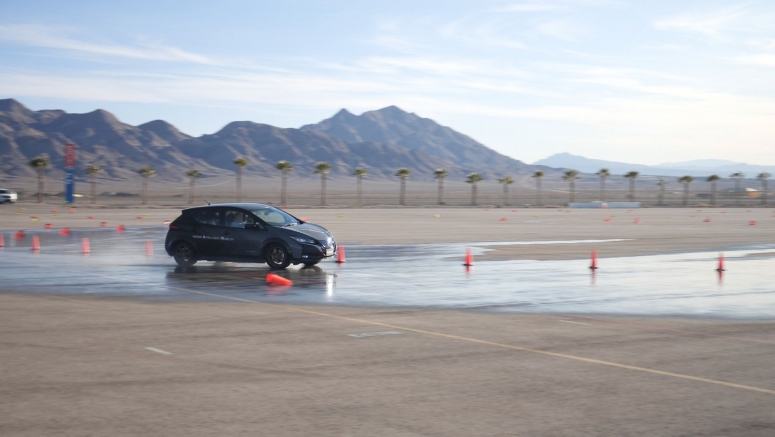
Compromise used to be the unfortunate truth in auto manufacturing. The hardware needed to build an enthusiast-pleasing machine wasn't necessarily compatible with producing a comfortable, safe vehicle. With the advent of modern electric vehicles, this situation is changing, and our recent drive of Nissan's e-4ORCE prototype all-wheel drive system shows how. The vehicle in question is a regular Nissan Leaf Plus that's been outfitted with two Leaf Plus motors (one in front and one in back) and Nissan's e-4ORCE all-wheel drive system. A variety of tests were laid out for us at the Las Vegas Motor Speedway during CES last week to let us try out Nissan's new dual-motor EV system. Turns out, e-4ORCE offers more than just increased traction. All the proof is in the driving. Our first test was a straight-line acceleration run. Two Leaf Plus motors combine for a system output of 304 horsepower and 502 pound-feet of torque. To put it lightly, the e-4ORCE test car made the regular Leaf Plus feel as though it was hardly moving. The quick response from the go-pedal was just as impressive — Nissan claims its powertrain responds quicker than any other dual-motor EV system that it benchmarked. Next up, Nissan had us experience the benefit of rear motor regenerative braking. Instead of a swift nosedive when lifting off the accelerator pedal in the single front-motor Leaf Plus, the e-4ORCE keeps its nose steady and close to level with where we started from after lifting off the accelerator. It's able to accomplish this by using the rear motor instead of the front motor for regenerative braking, significantly reducing head-toss and squat. This will make a huge difference for folks who get carsick easily.
- Published in Auto Moto
- Read more...

